Palm Lines: Indicators of Health Conditions
Discover the intriguing connections between palmistry lines and potential medical conditions in this comprehensive article.
article by Nora Pennington
Palmistry: A Historical Health Perspective
For centuries, palmistry, the study of reading palms, has intrigued humanity. Adopted into various cultural traditions, it has often been seen as a doorway to personal insights--including medical conditions. The practice suggests that by examining the patterns etched into our hands, one might infer information about an individual's health. Traditional palmists believe that lines, shapes, and mounts on the palms can serve as early indicators of health issues, although such claims have no scientific basis and remain in the realm of the metaphysical.

Major Lines and Medical Insights
The major palm lines—heart, head, and life lines—are often the primary focus of health-related palm reading. It is speculated that a chain-like heart line could indicate cardiovascular troubles, while a wavering head line may imply mental stress or neurological disruptions. The life line, often mistook as a lifespan indicator, is considered by some palmists to reflect vitality and general well-being—breaks in this line might be viewed as a sign of past or future health challenges.

Minor Lines and Subtle Clues
Moving beyond the major lines, some palmists observe the less prominent marks for additional health clues. For example, the health line, also known as the Mercury line, is purported to reveal digestive system health. Its absence, curiously, is often associated with a robust constitution. However, it's crucial to acknowledge that no empirical evidence supports these assertions and that medical professionals do not recognize palmistry as a diagnostic tool.
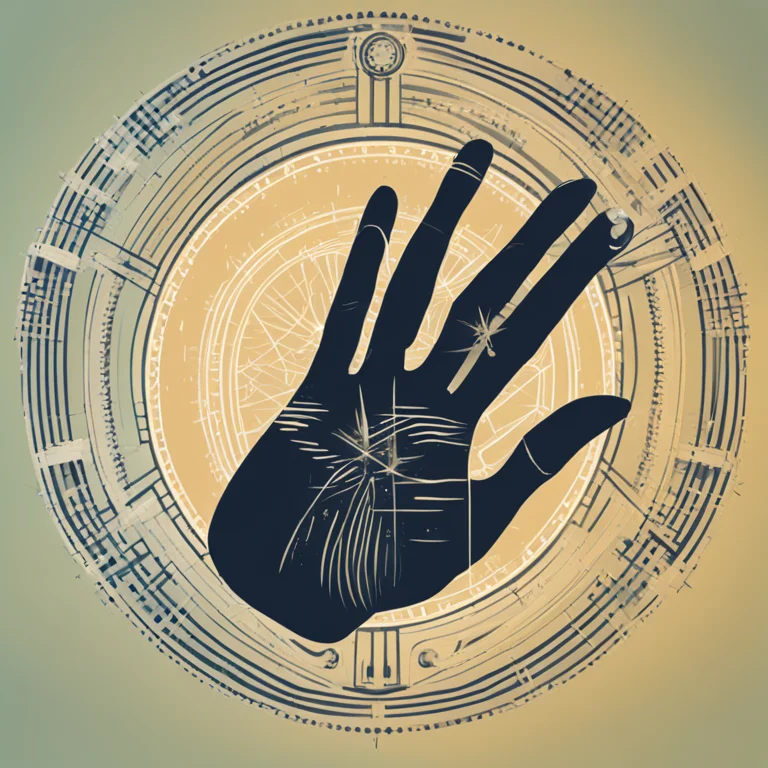
The Mounts and Medical Meanings
Palmistry also involves the examination of the mounts—the fleshy pads beneath the fingers—and their supposed links to physiological states. The mount of Venus, beneath the thumb, when firm and well-developed, is said to denote a strong physical constitution, while its softness could suggest a less vigorous health status. Again, these interpretations lack scientific validation but persist as cultural narratives within the context of palmistry.

Scientific Skepticism and Palm Lines
Medical professionals and researchers maintain a critical view of palmistry, focusing on scientific methods and verifiable evidence to diagnose medical conditions. The fields of genetics and medical diagnostics evolve with technology, leading to more reliable and accurate health assessments than what palm lines could ever supposedly provide. While interesting as a cultural and psychological phenomenon, palm lines should not be used to make any kind of medical determinations.
Embracing Palmistry Responsibly
While it's fascinating to dive into the world of palmistry and explore potential connections to our health, it's vital to approach this practice with a sense of responsibility and discernment. Using palmistry as a complementary source of introspection—rather than a definitive guide to one's health status—is a more balanced approach. Always consult with healthcare providers for legitimate medical advice or concerns.
Published: 1/10/2024
Modified: 1/10/2024
More predictions
Come back here soon to learn more about yourself and your future

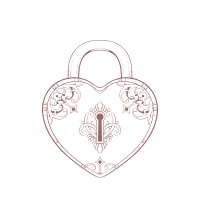
The Secrets of Hand Analysis
Delve into the intriguing world of palm reading and discover the hidden aspects of your personality through the lines and shapes in the palms of your hands.
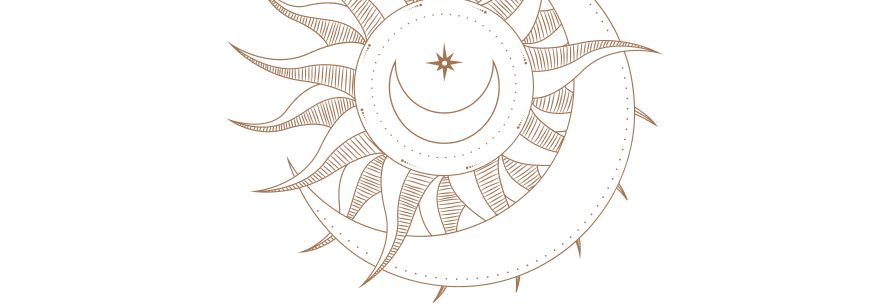

Palm Reading Guide: Basics and Insights
Delve into the art of palmistry with this essential guide to reading palms, revealing secrets to personality and destiny through the lines on your hand.

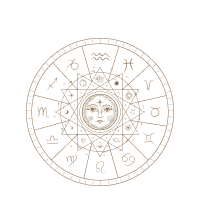
Palmistry in Flux: The Nature of Palm Lines
Delve into the compelling world of palmistry and discover how your palm lines may change over time, reflecting personal growth and life shifts.